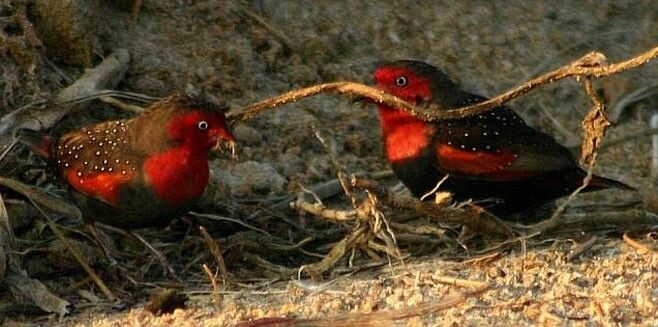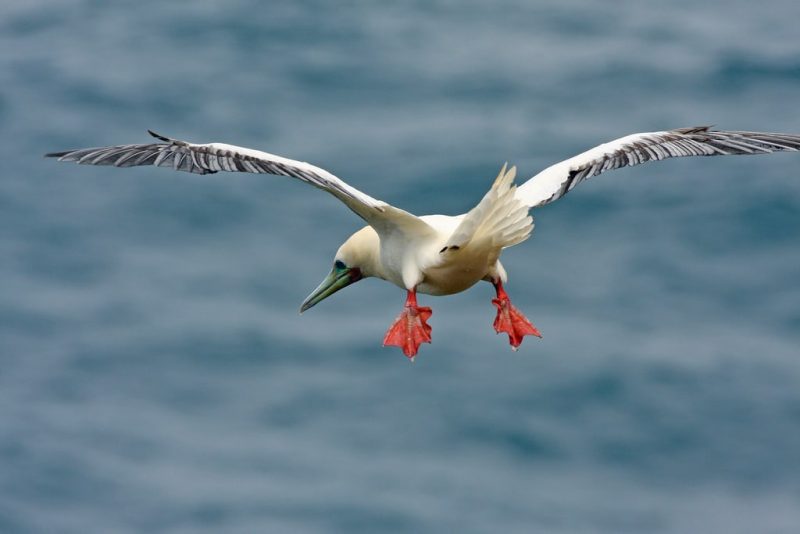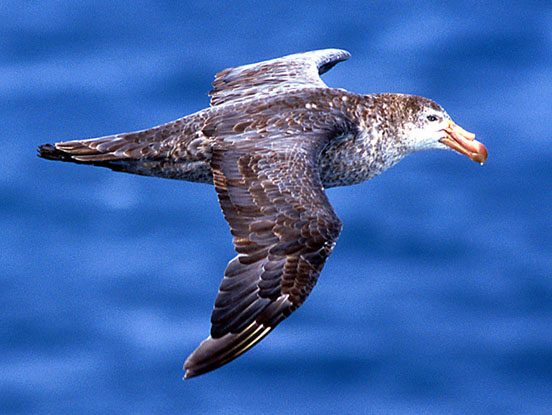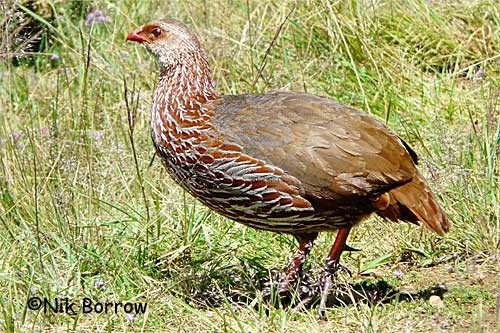Kenya’s Waxbills, Sandpipers, Gulls and Terns
The spots in Kenya where people discover rare birds cover a vast ecological area from the south to the coast of the country. The species such spotted are the Waxbills, the Sandpipers as well as the Gulls and Terns.
Waxbills
Often gregarious in nature and colonial seed eaters, waxbills have thick, short but pointed bills. They have the same structure and habits but are different in the plumage colors and patterns. They are the Locustfinch and the Magpie mannikin.
Locustfinch
Some naturalists place Locustfinch in the monotypic genus Paludipasser. Although this finch is a rare species in Kenya, small numbers of them exist in parts of Mumias and Busia districts. Locustfinches have grey bodies, short tails, and full bills but lack the colorful plumage and stay in small flocks or pairs. They frequent open areas and are desert birds that live on the ground. Their remote desert habitat makes them less accessible and very shy by nature. But once they find their bearings they are hardy aviary occupants. When someone approaches this species, their response is to crouch. When flushed, they rise straight into the air and then drop straight back down. Finches are sociable seed-eaters. They are monogamous unless their mates die.
Magpie mannikin
One interesting fact about Magpie mannikin is that its song is virtually inaudible. It can be seen singing without a sound. Courtship displays include sticking out its tongue and jiggling it from side to side. These birds have a reputation for being aggressive. Their population numbers have declined drastically over the past half a century.
Sandpipers
A large, diverse family of shorebirds includes the Sandpipers whose identification is not so easy as they resemble very closely with the other ocean residents. These vagrants such as the Red knot, the Sanderling, the Dunlin, the Pectoral sandpiper, the Pin-tailed snipe, the Red phalarope, and the Spotted red-shank compete with the other hosts for food and sustenance.
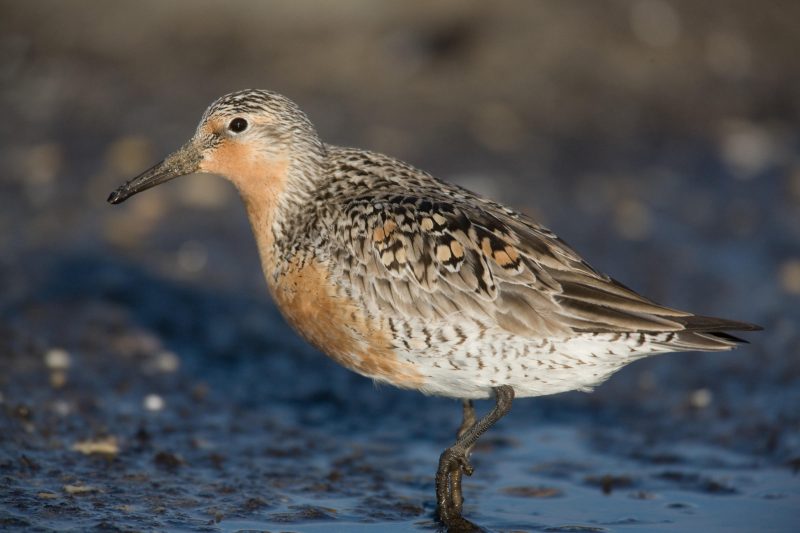
Kenya’s Waxbills Sandpipers Gulls Red Knot Source: National Audubon Society
Red knot
Researchers use the fecal content to examine consumption rates of Red knots as they do not regurgitate undigested hard parts. Instead, it excretes them. The male of these birds makes an aerial singing display. There exist four records of sightings in coastal Kenya.
Sanderling
The black legs of Sanderling blur as it runs on the beach, probing and foraging restlessly for small prey in the sand left by receding waves, then retreating quickly before the next breaker. They run with head held low and body horizontal. Sanderlings are primarily medium-sized coastal sandpipers recognizable by their pale plumage, black legs, and obsessive wave-chasing mannerisms.
Dunlin
When a flock of Dunlins twists and turns in flight, the white patches of underwing become especially distinctive and are evident from a distance. Dunlin flocks are most impressive during their aerial maneuvers trying to escape predators. Dunlin is a shorebird unique in breeding plumage. Its breast and head are light-colored, and it has a black belly-patch extending all the way up to its black legs.
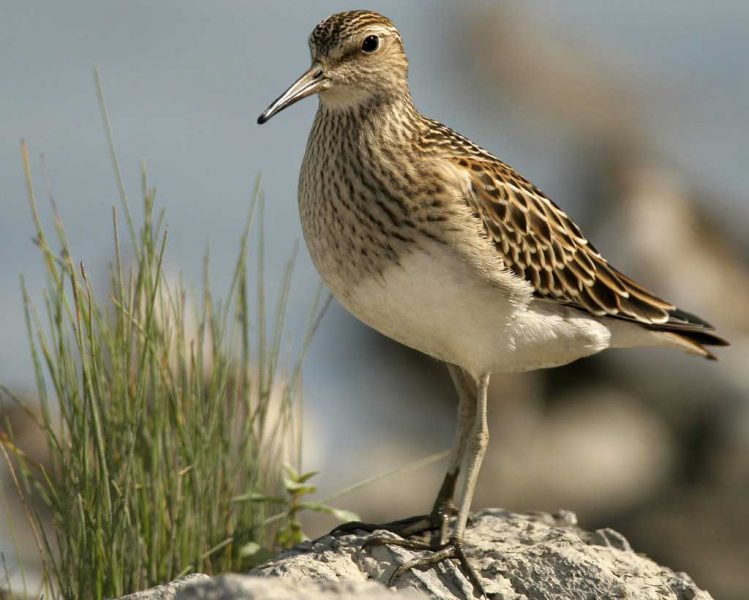
Pectoral Sandpiper Source: National Audubon Society
Pectoral sandpiper
A medium-sized shorebird, the Pectoral sandpiper, occur most commonly on mudflats with weedy vegetation or short grass. The breeding male has an inflatable throat sac. During flights, this pouch expands and contracts rhythmically. The accompanying vocalization consists of one of the most unusual hollow hoots.
Pin-Tailed Snipe
The breeding habitat of Pin-tailed snipes is wet marshes and their non-breeding range use wetlands. They are known for their dazzling aerial display, in which up to 15 males plunge sideways, or each one of them falls downwards and glides while uttering cries and producing sounds with modified feathers.
Red Phalarope
The numbers of Red phalarope are hard to measure. However, populations of these birds are thought to have declined owing to climate change. Phalaropes reverse the usual gender roles in birds. In courtship, females take the lead, flying in a full circle, calling and chasing the male in the air, or pursue them on the water with their head hunched down between shoulders. After leaving them to incubate the eggs as well as care for the young, the female finds a second mate. These open-water birds forage mostly while swimming. Often, they spin in circles, probably to stir things up. At sea, they land on mats of seaweed and pick parasites from whale’s back. Their diet during the winter season is rarely known.
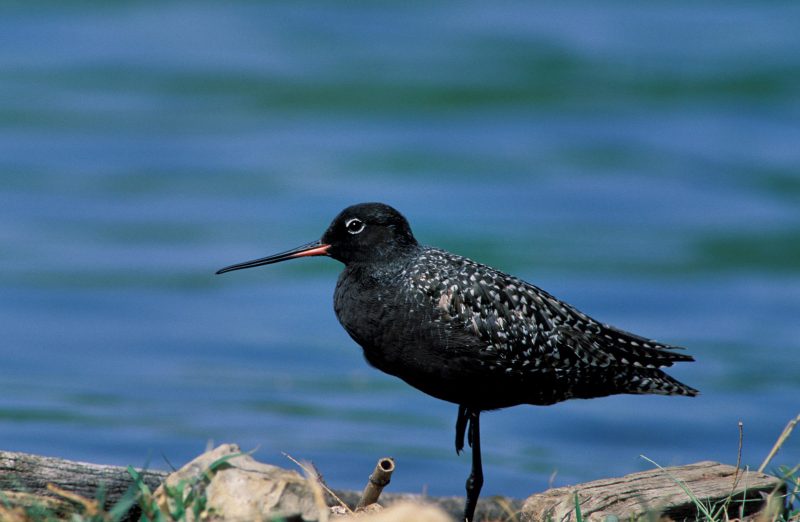
Spotted Redshank Source: National Audubon Society
Spotted Red-Shank
The slender appearance of Spotted red-shank is slightly larger than redshanks, and they lack the wing bars. They have a long neck. During summer, their plumage is black with spots appearing on their upper parts. In flight, the legs trail behind the end of the tail. They often wade in deep water with a submerged head.
Gulls and Terns
The feathers of Gulls and Terns are either gray or white with black markings on the head. They go with the order of Charadriiformes and belong to the family of Laridae. The rare Gulls in Kenya are the fair-eyed gull and the Kelp Gull. The Terns of the country are the Little Tern, the Black tern, and the Arctic tern.
Fair Eyed Gull
The inner upper wings and the upperparts of the gull is medium-dark grey, and the breast is mid-grey. They have a black hood, which extends down onto the throat. A distinct feature is its slender bill, which is dark crimson with a dark tip and black in chicks. The legs of the gull are yellow and brightest in breeding plumaged adults. The bird gets its name from white eye-crescents. The survival status of this species is Threatened because it experiences a moderately rapid population decline owing to some threats such as introduced predators and oil-spills. If the population declines more rapidly, it might qualify for a higher threat status.
Kelp Gull
A sizeable black-backed gull, the Kelp gull, has a white tail and a yellow bill with a red spot. The wing has a trailing edge and a white window in the wingtip. They are gregarious and tends to feed, roost and breed in flocks. They prefer the sheltered parts of coasts. It is likely that they are in serious competition with the Pacific Gull because of their similar habits, habitat, and food. The Kelp Gull drops mollusks onto rocks to smash them.
Little Tern
Extremely sensitive to human disturbance, the numbers and range of Little terns are rapidly declining. Nesting sites are located where humans exercise dogs, walk, picnic and drive. The mere presence of people may cause these terns to leave their eggs and leave the colony altogether.
Black Tern
The population of Black terns has declined sharply due to loss of nesting habitat owing to runoff of farm chemicals and drainage of wetlands. Lack of food supply due to local overfishing can also be a factor.
Arctic Tern
When molting its wing feathers, the Arctic tern rarely flies. It spends much of its time resting. Its molt happens so frequently that some individuals are nearly flightless. And they can live for decades.
Excluded above are the birds more frequently found and typically easy to spot with little effort. The explanation given is very brief and terse due to practical considerations.
5 Frequently Asked Questions About Sandpiper Vs Seagull
To receive a colourful digibook about birds with videos, images and text, please fill out the following form or simply email us on safaris@safari-center.com

